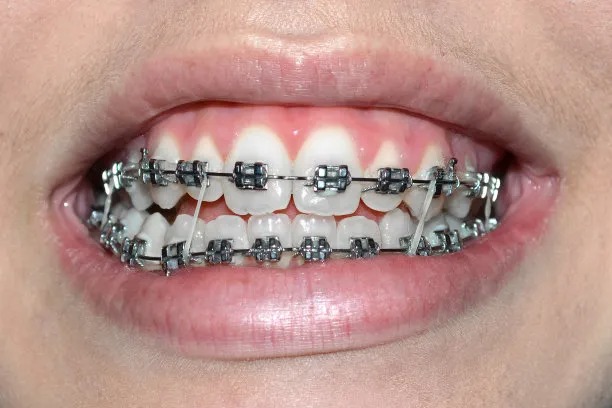Revolutionizing Smiles A Comprehensive Guide to Understanding Dental Implant Treatment and Its Benefits
Summary: Dental implants represent a groundbreaking solution for individuals facing tooth loss, significantly enhancing both function and aesthetics. This comprehensive guide explores the intricacies of dental implant treatment, providing invaluable insights into its ability to revolutionize smiles. By detailing the procedural steps involved, the range of benefits offered, the maintenance required for longevity, and the potential challenges faced during recovery, this article empowers readers to make informed decisions about their dental health. Ultimately, the journey to a restored smile is illuminated through understanding and awareness, underscoring the transformative power of dental implants.
1. Understanding the Dental Implant Procedure

The dental implant process initiates with a thorough examination and consultation. This phase is crucial, as it allows the dentist to evaluate the patient’s oral health and determine the appropriate treatment plan. Depending on the individual’s needs, imaging and diagnostic tools may be utilized to ensure an accurate assessment.
Once cleared for the procedure, the placement of the implant itself follows. This involves surgically inserting a titanium post into the jawbone, which acts as a substitute root for the missing tooth. This process is typically done under local anesthesia, ensuring patient comfort throughout the operation.
After the implant is placed, a healing period is essential. During this time, the jawbone fuses with the implant in a process known as osseointegration, which typically takes several months. Following this healing phase, a crown is crafted and attached to complete the restoration, resulting in a fully functional and aesthetically pleasing tooth.
2. Benefits of Dental Implants
One of the most significant advantages of dental implants is their durability. With proper care, they can last a lifetime, making them a worthwhile investment. Unlike dental bridges or dentures, which may require replacement, implants offer a long-term solution that retains natural functionality.
Additionally, dental implants help preserve jawbone structure. When a tooth is lost, the jawbone can deteriorate over time due to lack of stimulation. Implants provide the necessary stimulation, preventing bone loss and maintaining facial structure.
Moreover, dental implants can significantly improve quality of life. They restore biting and chewing abilities, allowing individuals to enjoy a varied diet without restrictions. Furthermore, implants enhance self-esteem and confidence, as they resemble natural teeth and eliminate the worry of slippage often associated with dentures.
3. Care and Maintenance for Longevity
Maintaining dental implants requires diligence and regular dental visits. Daily oral hygiene practices, such as brushing and flossing, are essential to keep the implant and surrounding gums healthy. Using specialized cleaning tools designed for implants can further enhance care.
Regular check-ups with the dentist are recommended to monitor the condition of the implant. During these visits, any concerns can be addressed promptly, ensuring the longevity of the implant. It is crucial to communicate openly with dental care providers regarding any discomfort or issues experienced.
Healthy lifestyle choices also play a critical role in the maintenance of dental implants. Eating a balanced diet, avoiding smoking, and managing conditions such as diabetes can significantly impact the success of the implant. These practices not only support oral health but contribute to overall well-being.
4. Challenges and Considerations in Recovery
While dental implant treatments have a high success rate, they are not without potential challenges. Post-operative discomfort and swelling are common, but manageable with appropriate pain relief measures. Patients should be prepared for a recovery period, during which adherence to the dentists instructions is crucial.
In some cases, insufficient bone density can pose difficulties during the implant procedure. Patients may require a bone graft to provide the necessary support for the implant. This additional step can extend the treatment timeline but is essential for ensuring the successful placement of the implant.
Finally, the psychological aspect of undergoing dental implant treatment should not be overlooked. Anxiety about the procedure is common; thus, patients are encouraged to discuss their concerns with their dental provider. Gaining a clear understanding of the process can help alleviate fears and promote a positive experience.
Summary:
In conclusion, dental implants revolutionize smiles by offering a durable, functional, and aesthetically appealing solution for tooth loss. Understanding the procedure, weighing the benefits, maintaining implants diligently, and being aware of potential challenges are critical to successful outcomes. With informed choices and proper care, individuals can achieve transformative results that enhance their quality of life.
This article is compiled by Vickong Dental and the content is for reference only.



